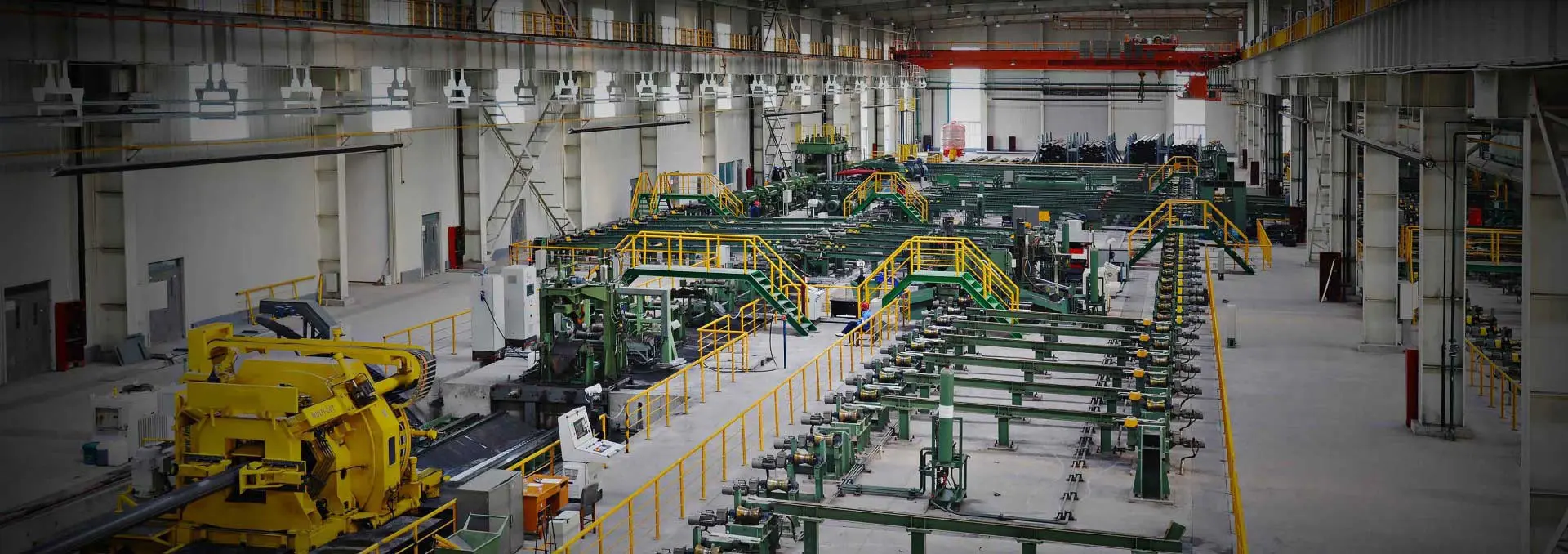Carbon steel pipe is one of the most widely used materials in the steel and construction industries. It is valued for its high strength, durability, and versatility. Among its many specifications, carbon steel pipe diameter standards play a crucial role in ensuring proper design, installation, and system performance. The diameter of a carbon steel pipe—usually expressed in nominal diameter (DN) or inches—directly affects the pipe’s load-bearing capacity, fluid transport efficiency, and installation method.
Understanding and applying carbon steel pipe diameter standards correctly is essential for achieving safety, compatibility, and cost-effectiveness in engineering projects.
1. Importance of Carbon Steel Pipe Diameter Standards
Standardized carbon steel pipe diameter specifications ensure consistency in pipe design, manufacturing, and installation. They help engineers, manufacturers, and contractors work together seamlessly, guaranteeing that pipes from different suppliers meet the same dimensional and performance requirements.
By following recognized carbon steel pipe standards, projects benefit from:
Enhanced system compatibility and safety
Reduced risks of installation errors
Improved efficiency in design and material selection
Better interchangeability between components
In short, carbon steel pipe diameter standards provide a unified framework that ensures quality and reliability throughout the entire pipeline system.
2. Types and Classifications of Diameter Standards
Different regions follow various carbon steel pipe standards, each with specific definitions of pipe size, wall thickness, and dimensional tolerance. The most common ones include:
ISO Standards
International specifications for carbon steel pipe dimensions and tolerances.
ASTM Standards (U.S.)
Such as ASTM A53 and ASTM A106, defining pipe diameter, wall thickness, and performance grades for industrial applications.
EN Standards (Europe)
Provide consistent parameters for nominal diameter and wall thickness in European projects.
These global standards specify key parameters like nominal pipe size (NPS), outer diameter (OD), nominal wall thickness, and weight per unit length, ensuring interchangeability and safety across different engineering systems.
3. Impact of Pipe Diameter Standards on Engineering Design
The diameter of carbon steel pipes has a direct impact on pipeline performance, cost, and safety. In engineering design, selecting the right pipe diameter involves evaluating:
Fluid flow capacity: Affects pressure drop and transport efficiency.
Structural strength: Larger pipe sizes may require thicker walls to handle internal pressure.
Economic efficiency: The right pipe size helps reduce costs and prevent overdesign.
Choosing the proper carbon steel pipe diameter not only improves operational stability but also extends the service life of the piping system.
4. Application of Carbon Steel Pipe Diameter Standards
In practical projects, applying carbon steel pipe diameter standards correctly ensures long-term system reliability. When selecting pipe size and specifications, consider the following:
Inner and outer diameter
Wall thickness and pressure rating
Pipe material grade (e.g., ASTM A106 Grade B, Q235, Q355)
Connection method–welded, flanged, or threaded
For industrial pipelines, construction plumbing systems, and oil and gas transport, using standardized carbon steel pipes ensures compatibility, stability, and compliance with engineering codes.
5. Benefits of Following Carbon Steel Pipe Standards
Implementing proper carbon steel pipe diameter standards offers multiple advantages:
Guarantees safety under high pressure and temperature conditions
Improves fluid flow performance and reduces energy loss
Simplifies engineering design and procurement
Ensures global compatibility between piping components
Conclusion
A clear understanding of carbon steel pipe diameter standards is essential for every engineer, designer, and project manager involved in pipeline systems. By strictly adhering to international standards such as ASTM, ISO, and EN, engineers can ensure that carbon steel pipes deliver optimal strength, performance, and durability.
Whether in construction, manufacturing, petrochemical, or water supply systems, selecting the correct carbon steel pipe diameter guarantees safe, efficient, and cost-effective operation throughout the pipeline’s service life.
FAQ About Well Casing Pipes
Q1: What is the purpose of a well casing pipe?
A: The well casing pipe protects the well from collapsing, isolates contaminants, and supports the structure of the well.
Q2: Which material is best for deep wells?
A: For deep or high-pressure wells, carbon steel or stainless steel well casing pipes are recommended due to their strength and durability.
Q3: Are PVC well casing pipes durable?
A: Yes, PVC casing pipes are highly corrosion-resistant and suitable for shallow to medium-depth wells, though they are less durable than steel in deep wells.
Q4: How long does a well casing pipe last?
A: The service life depends on the material and environment. Steel casing pipes can last over 50 years with proper maintenance, while PVC pipes typically last 25–40 years.
Q5: Can different materials be combined in one well?
A: In some cases, yes. For example, a steel casing may be used in deeper sections and PVC casing in upper sections to balance cost and performance.

 English
English Español
Español




 Tel : +86-18565811709
Tel : +86-18565811709 Email :
Email : 
 News
News




